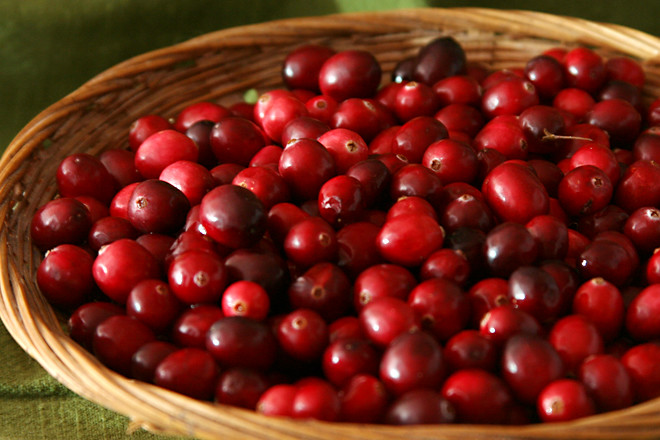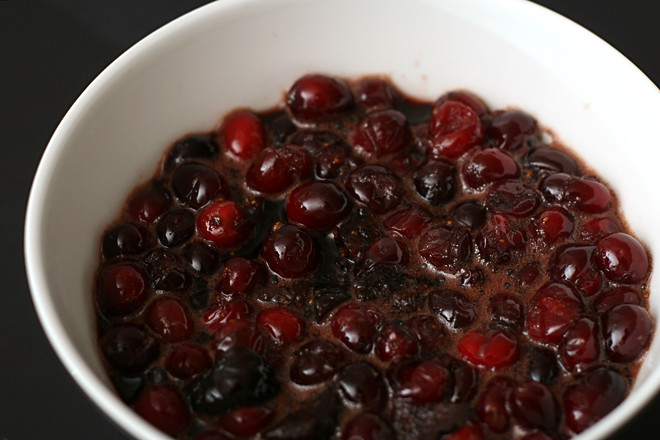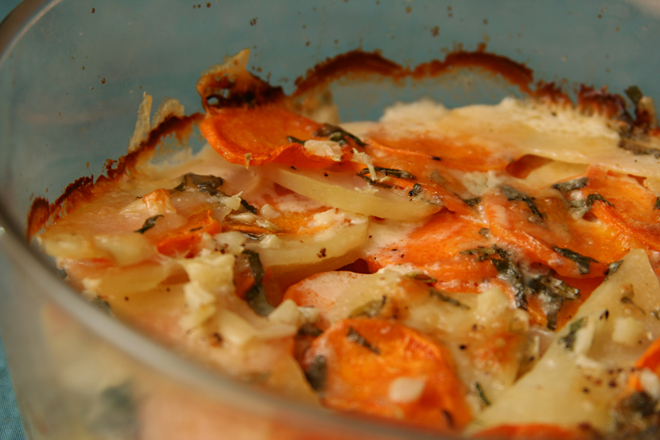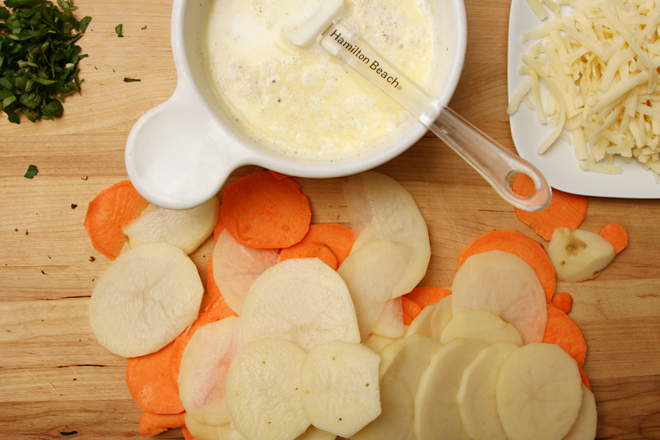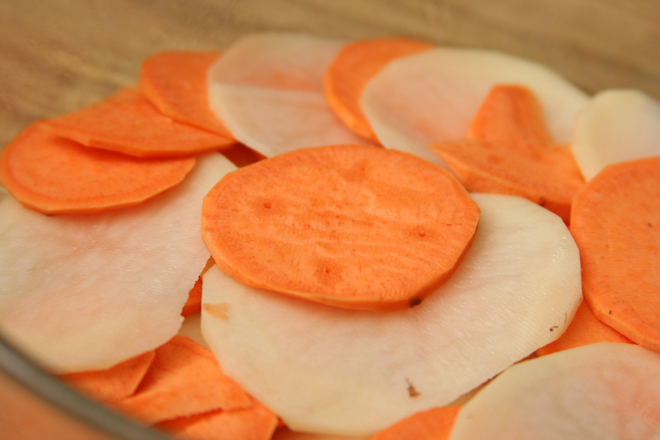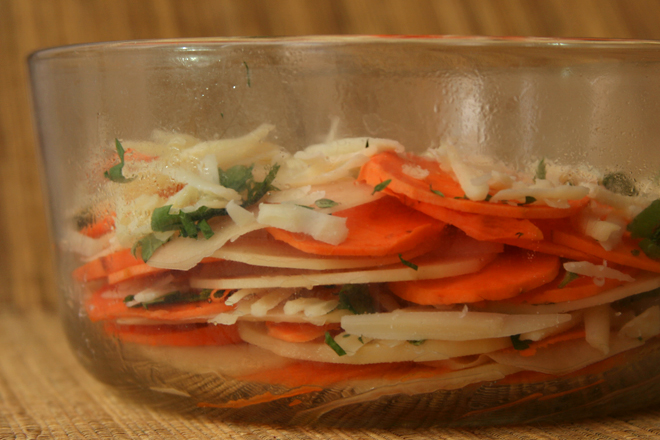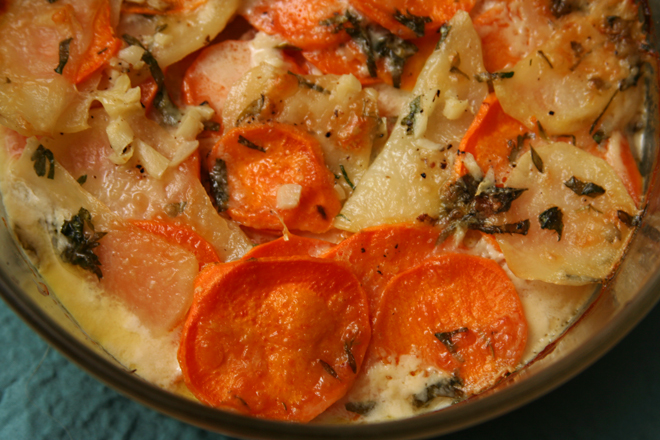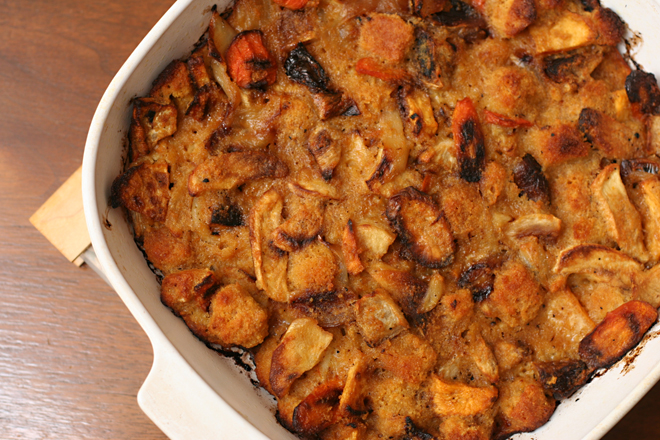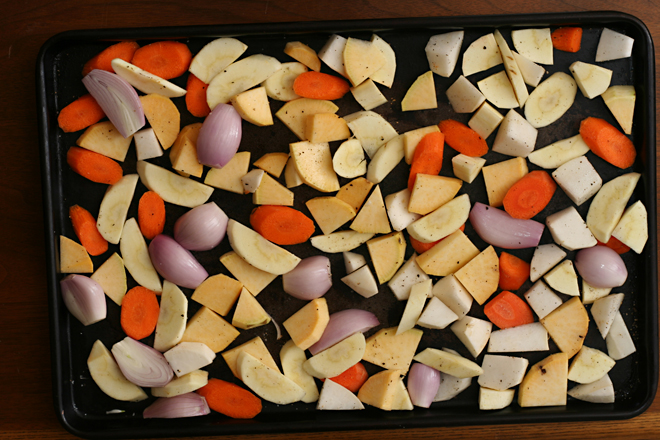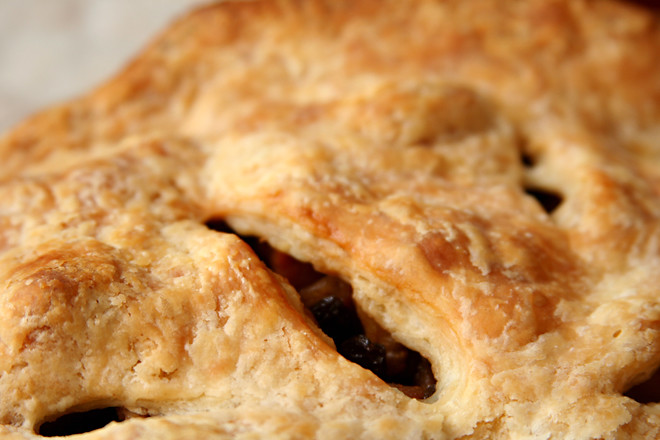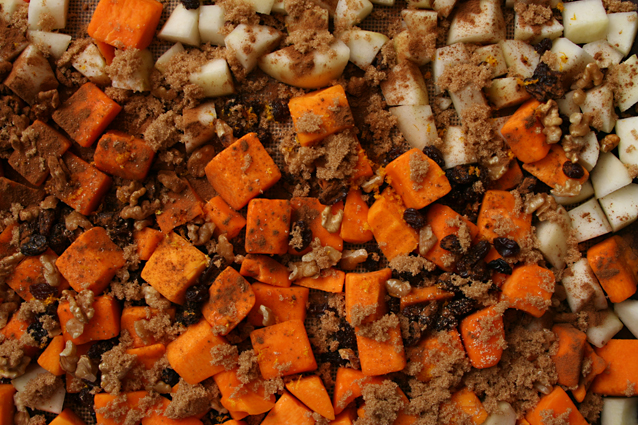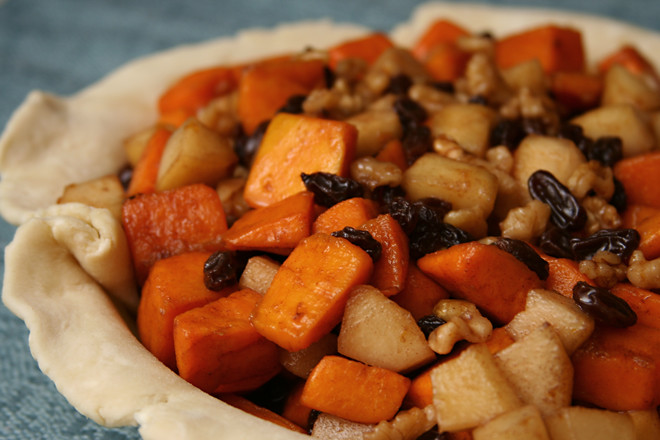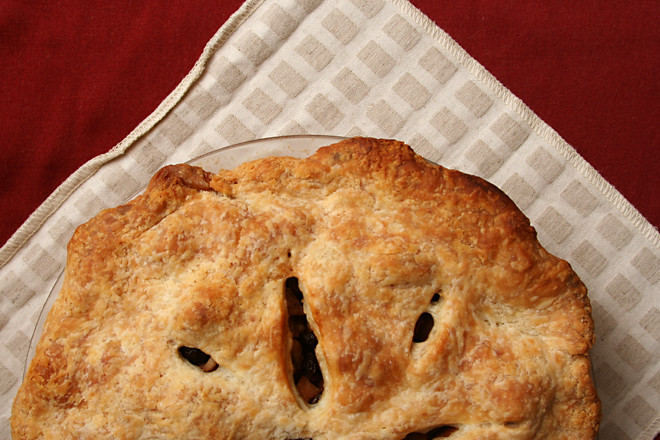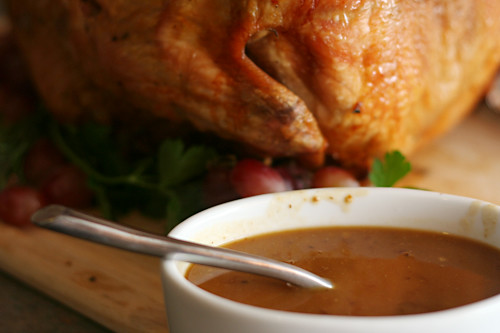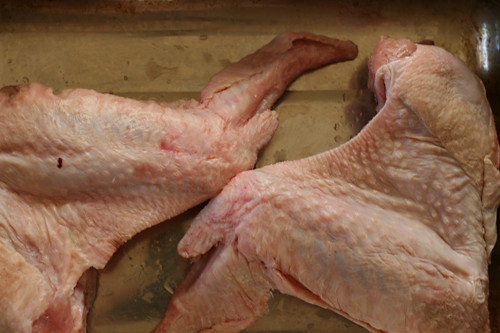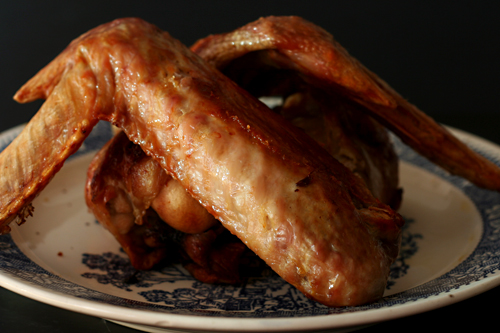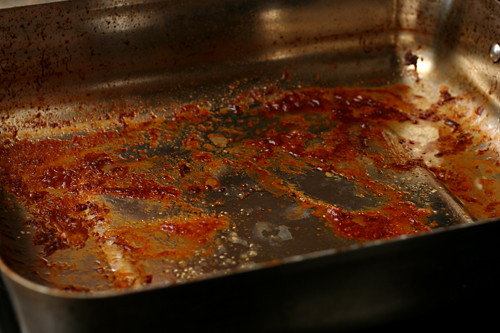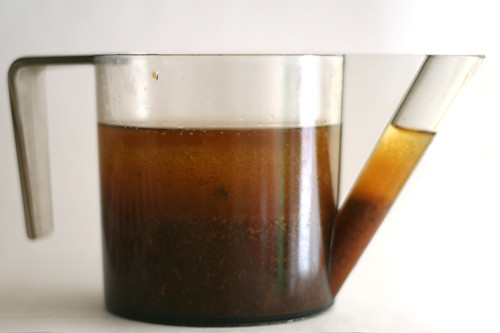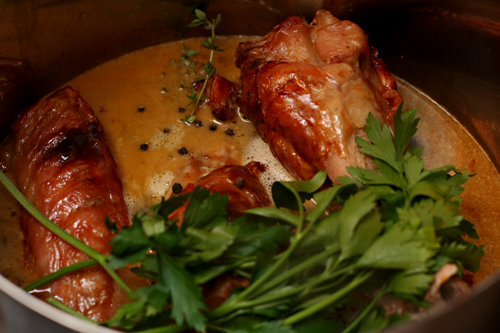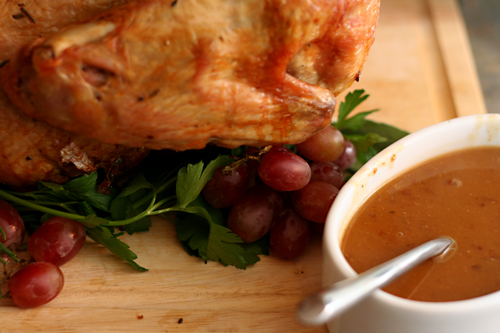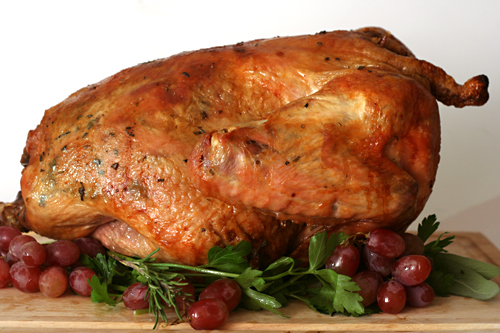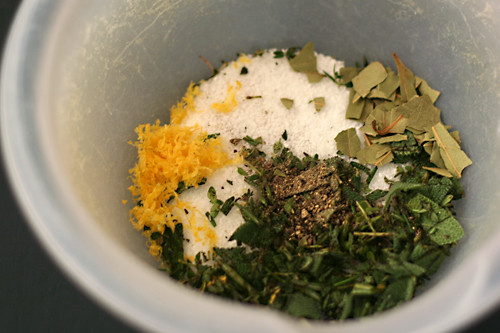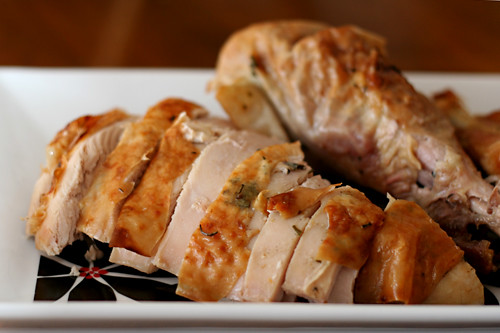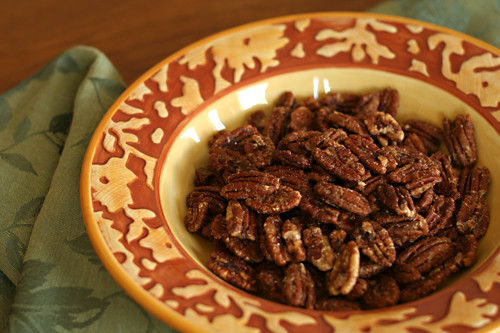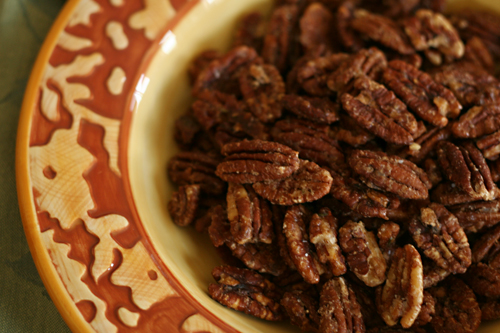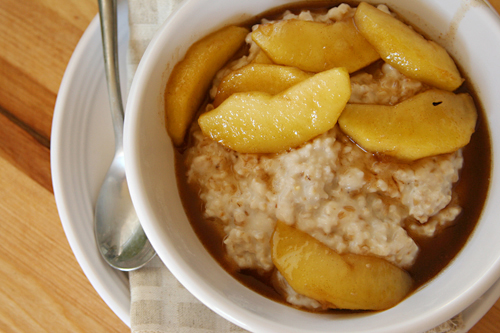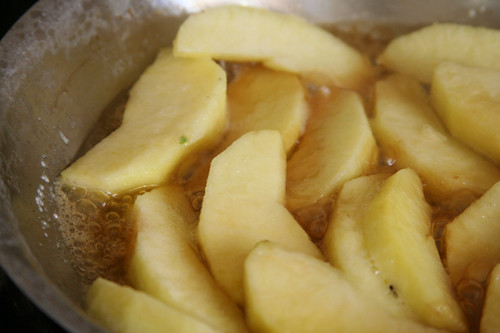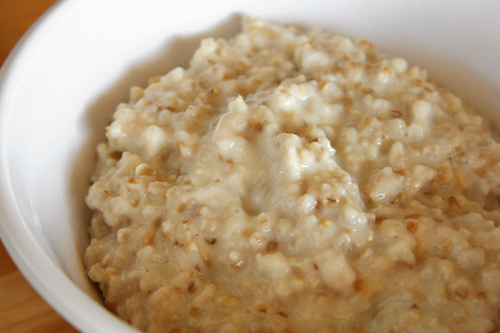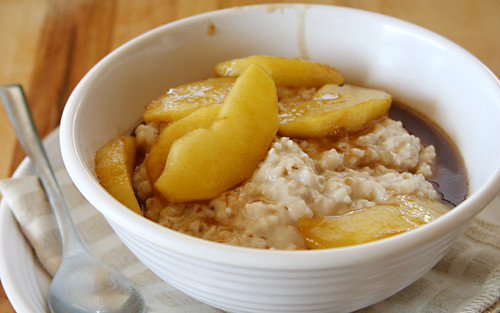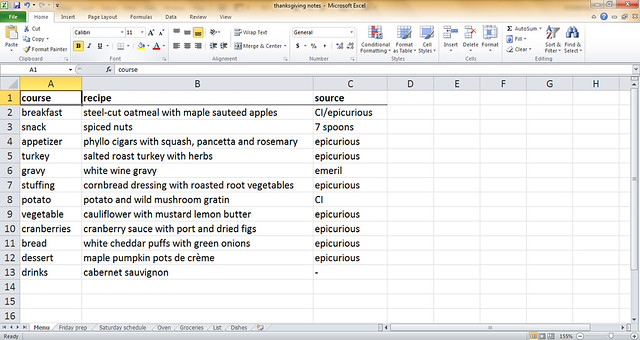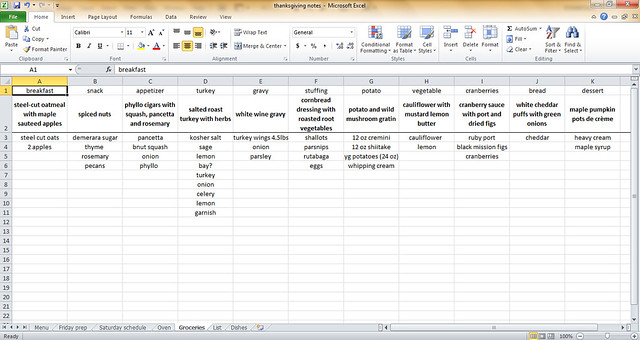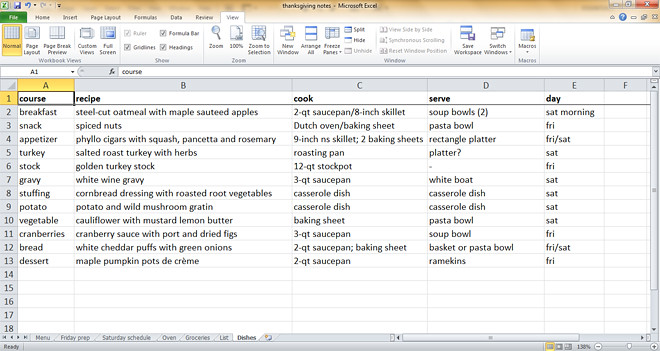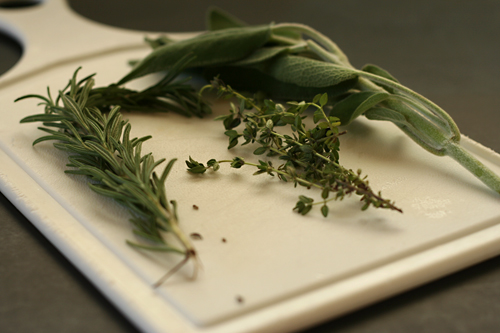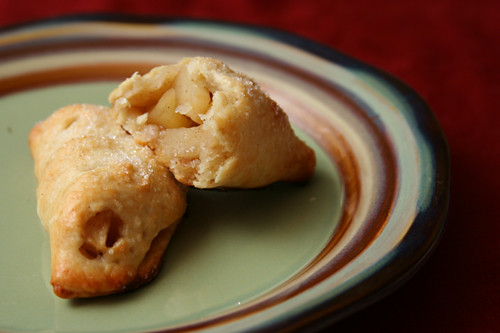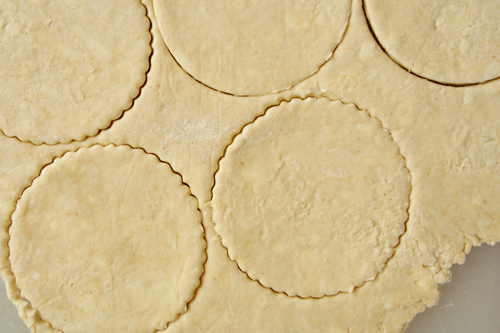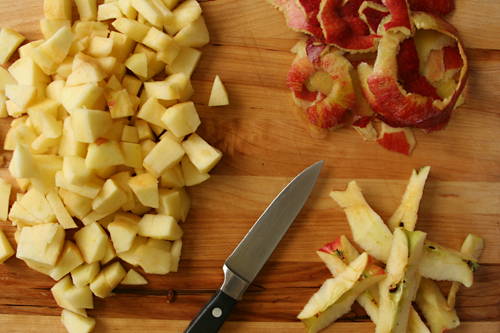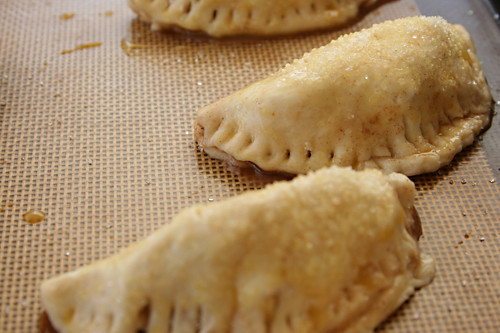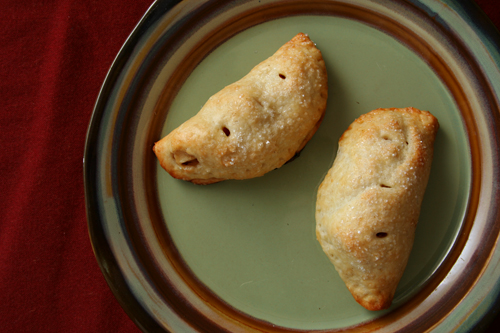Have you ever looked at the ingredients of canned jellied cranberries? They’re exactly the same as homemade cranberry sauce: cranberries, sugar, water. The first time I made homemade cranberry sauce, I eagerly took my first bite and then…huh. It tastes exactly like the canned kind. Don’t bother making cranberry sauce from scratch if it’s because you’re expecting it to taste better than it is from the can.
But there are other reasons to make it from scratch. The first is that it’s fun. Raw cranberries are neat, pucker-inducing and hard and dry. Then when you cook them, they pop. It only takes 15 minutes and can be done up to a week in advance, so why not spend a few minutes playing with your food?
The other reason is that you can play around with flavors, personalizing the sauce. Orange is the most common addition and after doing that for several years, I was ready for more experimentation. Sweet port wine and balsamic vinegar seemed like they would complement the tart cranberries perfectly.
Even with all of the extra flavors in this – port, balsamic vinegar, figs, rosemary, black pepper, cinnamon – it didn’t taste so different from the stuff in the can. It had a warmer tone to it, and I liked the crunch of the fig seeds. But everyone would have been just fine with the canned stuff too. And that’s okay, because the few minutes I spent making this cranberry sauce were well spent just for the fun of it.
Two years ago: African Pineapple Peanut Stew
Three years ago: Pumpkin Goat Cheese Ravioli
Printer Friendly Recipe
Cranberry Sauce with Port and Dried Figs (adapted from Bon Appétit via epicurious)
At first, I served this as you see it here, but for the leftovers, I put the sauce through a food mill to separate the skins, and I much prefer the smoother version.
1½ cups ruby Port
¼ cup balsamic vinegar
¼ cup (1.75 ounces) packed brown sugar
8 dried black Mission figs, stemmed, chopped
1 6-inch-long sprig fresh rosemary
1 3-inch cinnamon stick
¼ teaspoon ground black pepper
1 12-ounce bag fresh cranberries
¾ cup (5.25 ounces) granulated sugar
Combine the port, vinegar, brown sugar, figs, rosemary, cinnamon, and pepper in a medium saucepan. Bring to a boil over medium-high heat, stirring until the sugar dissolves. Reduce the heat to low and simmer 10 minutes. Discard the rosemary and cinnamon. Mix in the cranberries and granulated sugar. Cook over medium heat until the liquid is slightly reduced and the berries burst, stirring occasionally, about 6 minutes. Transfer the sauce to a bowl; chill until cold. (Cranberry sauce can be prepared 1 week ahead. Cover and keep refrigerated.)

